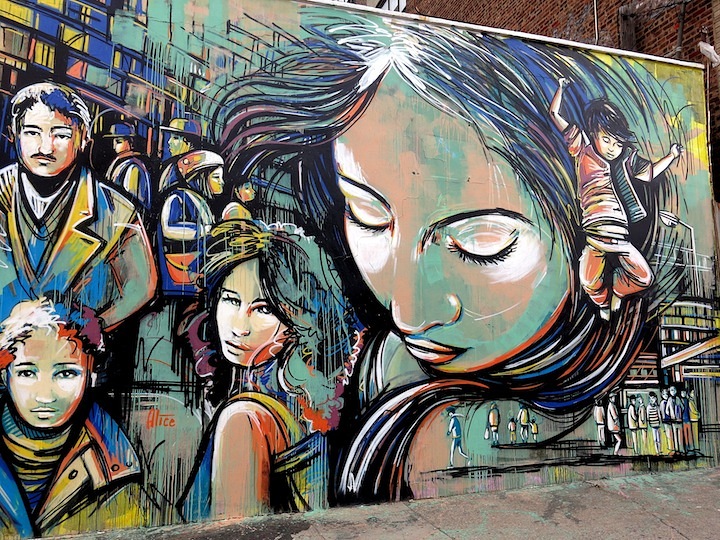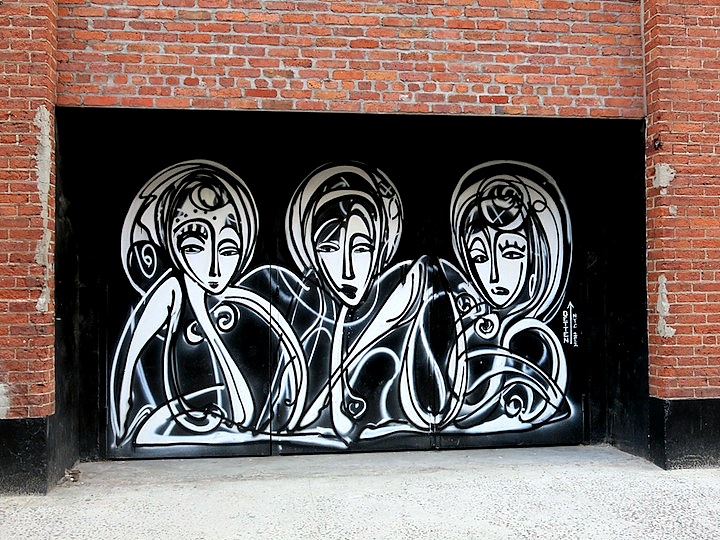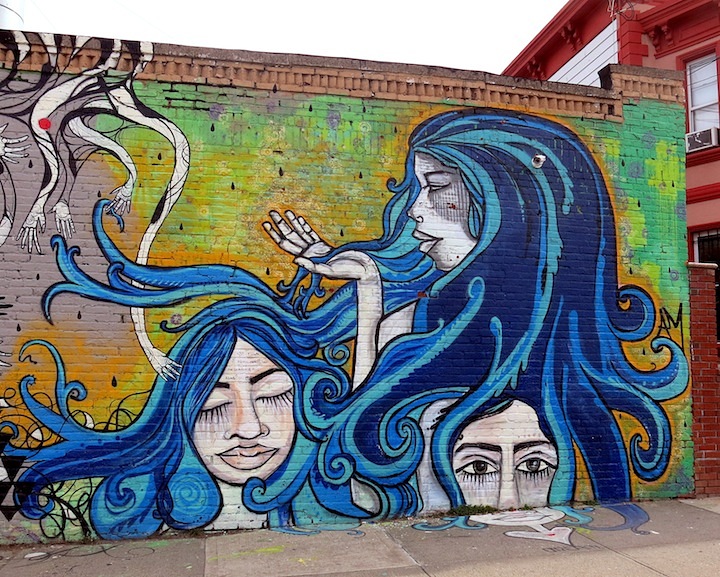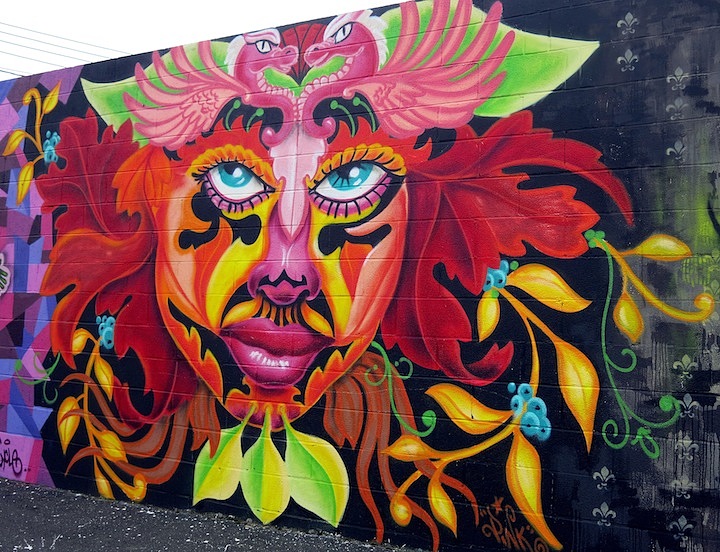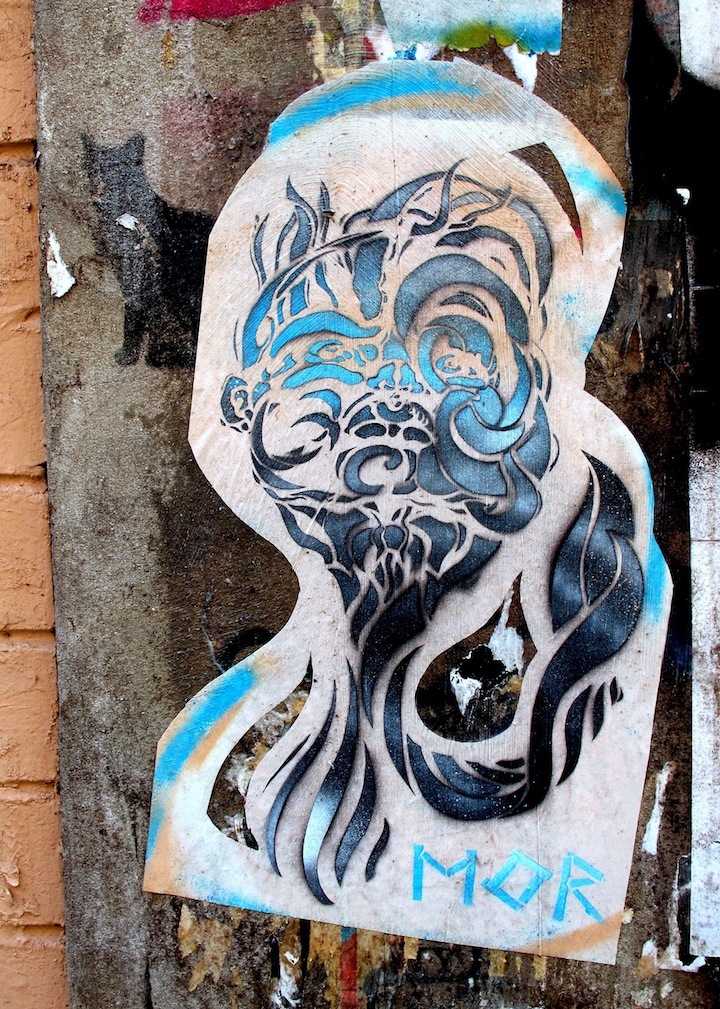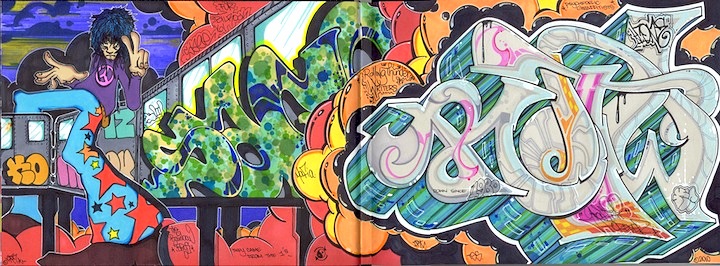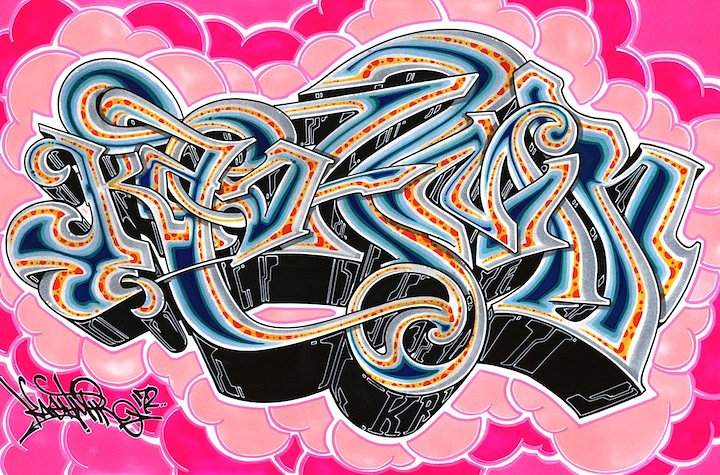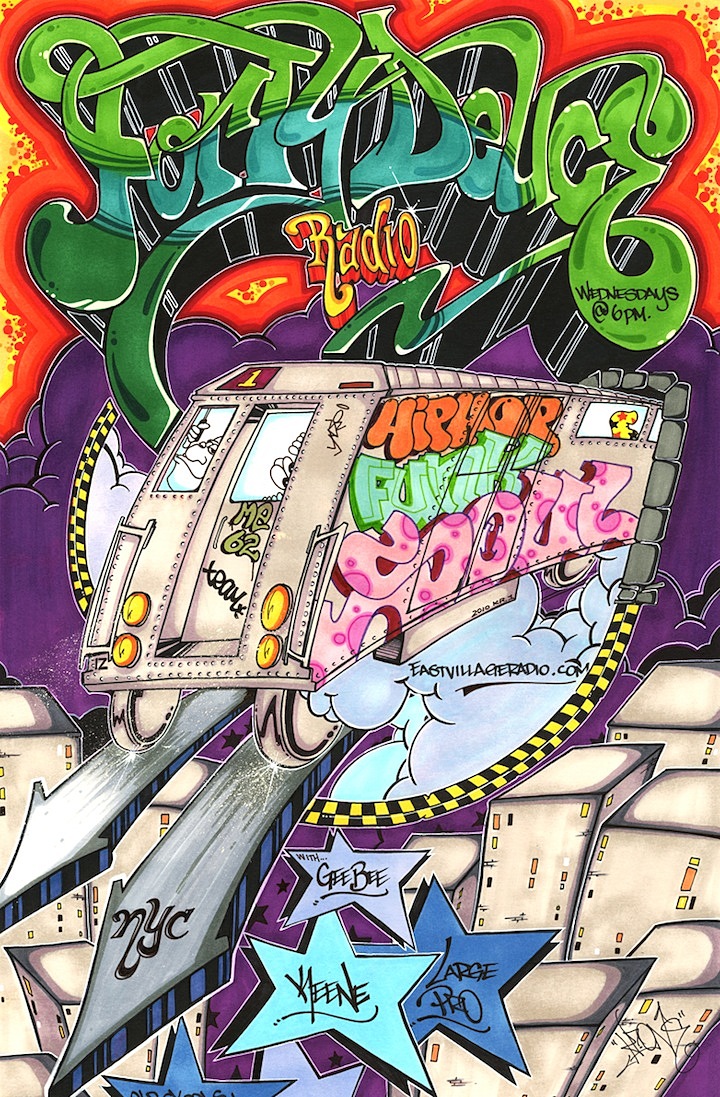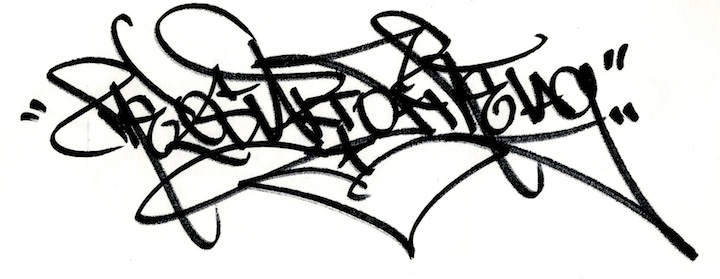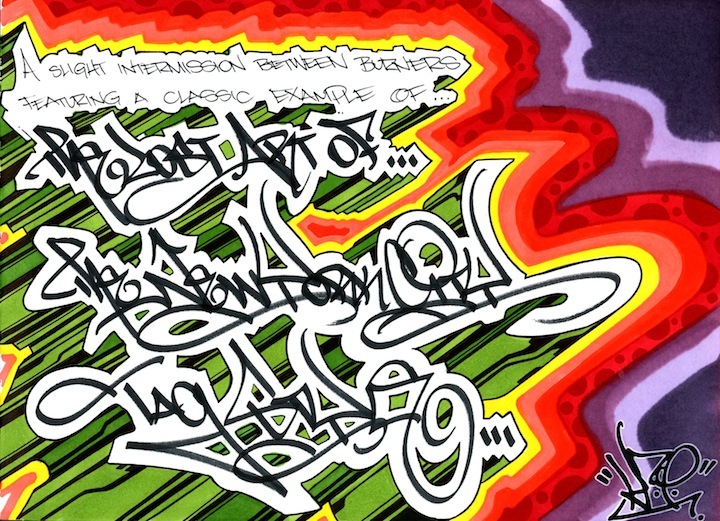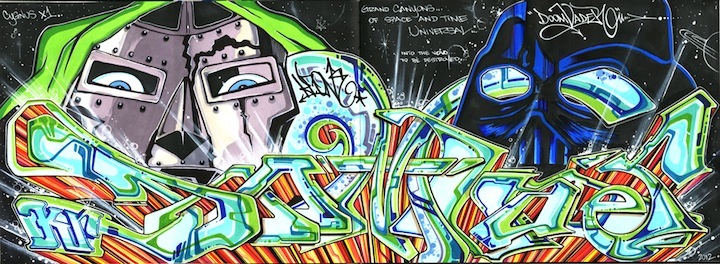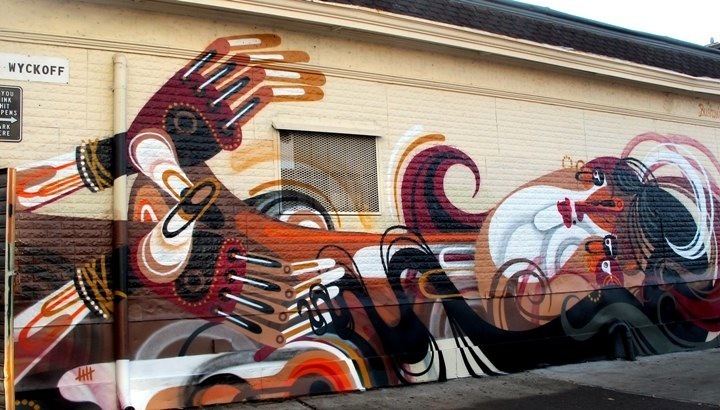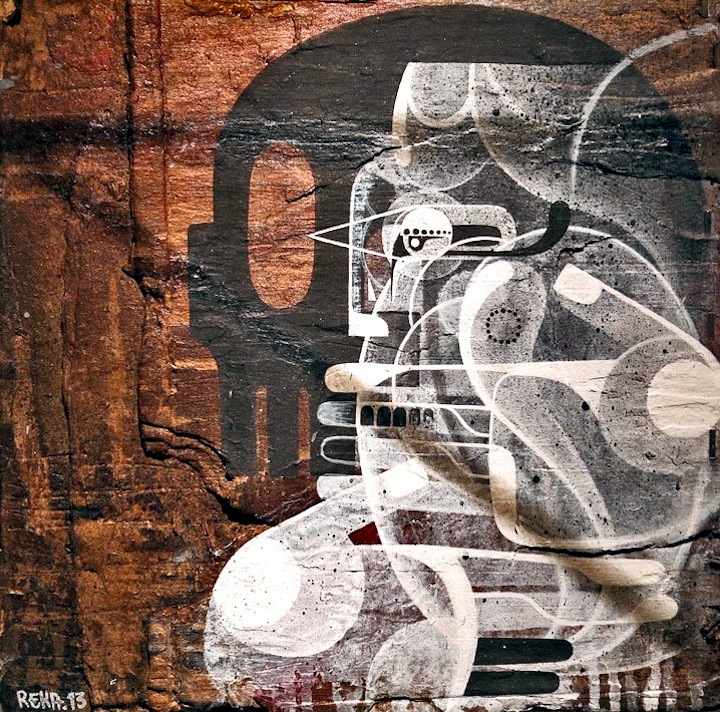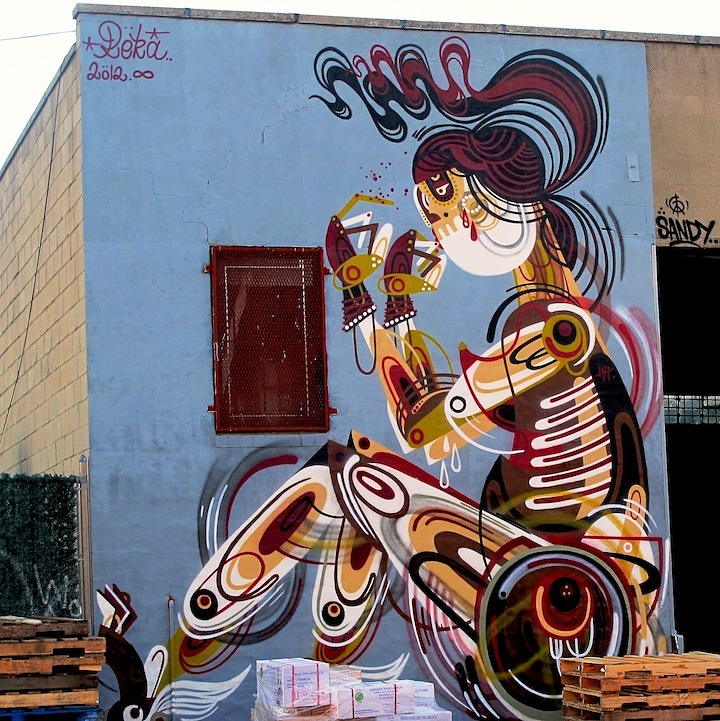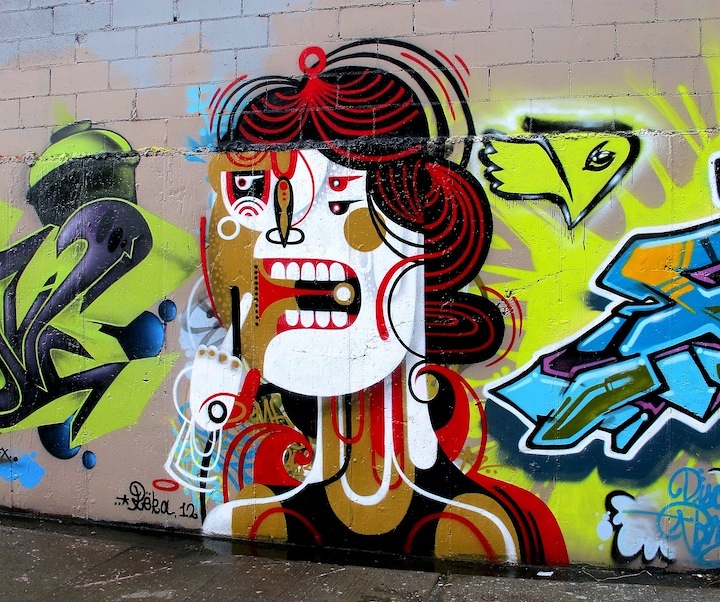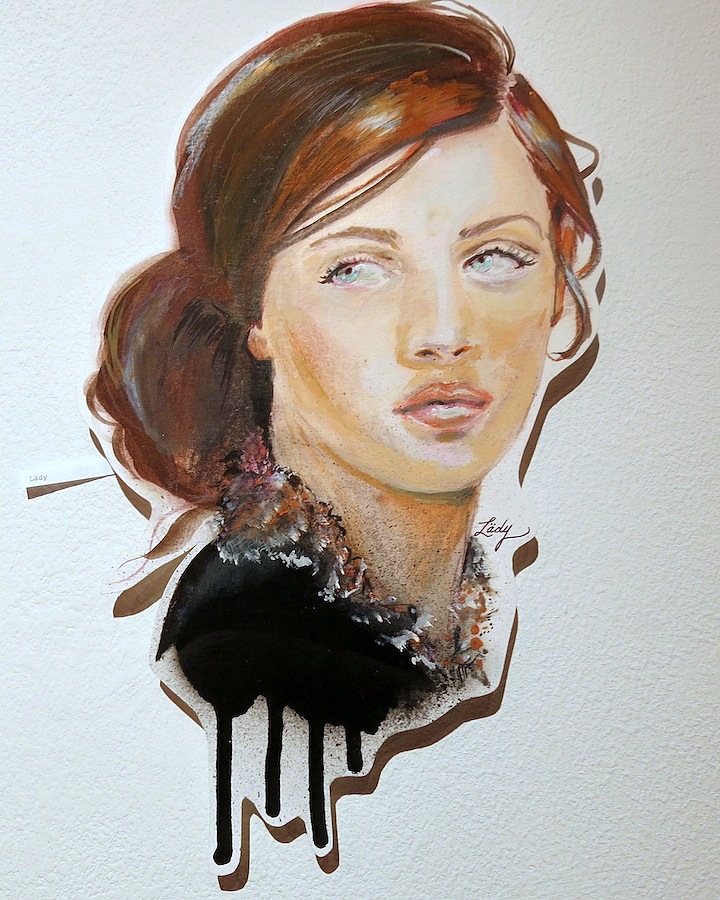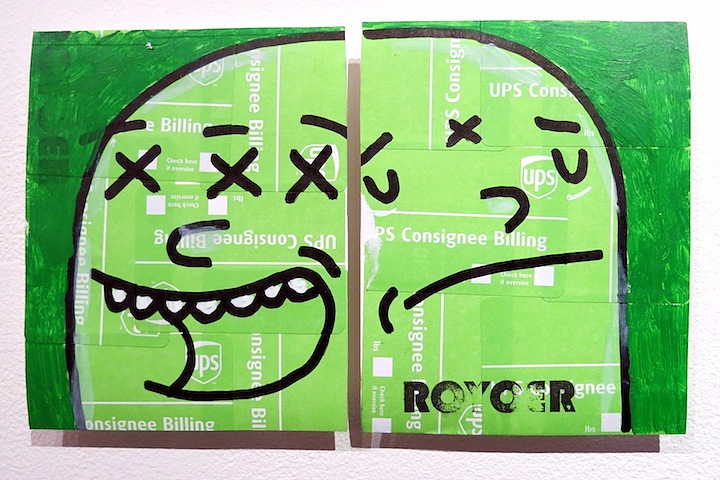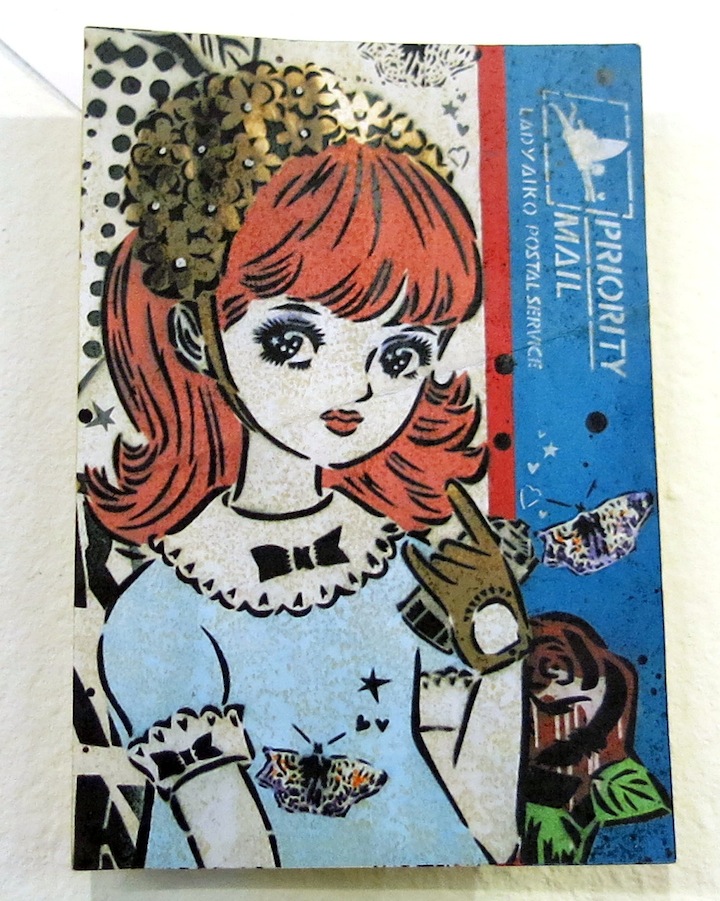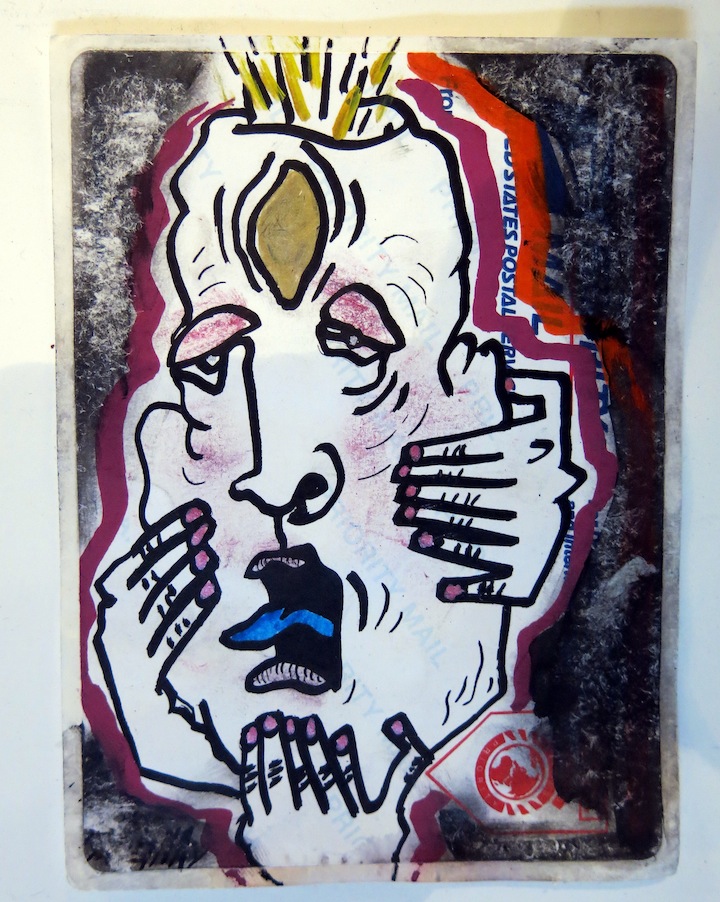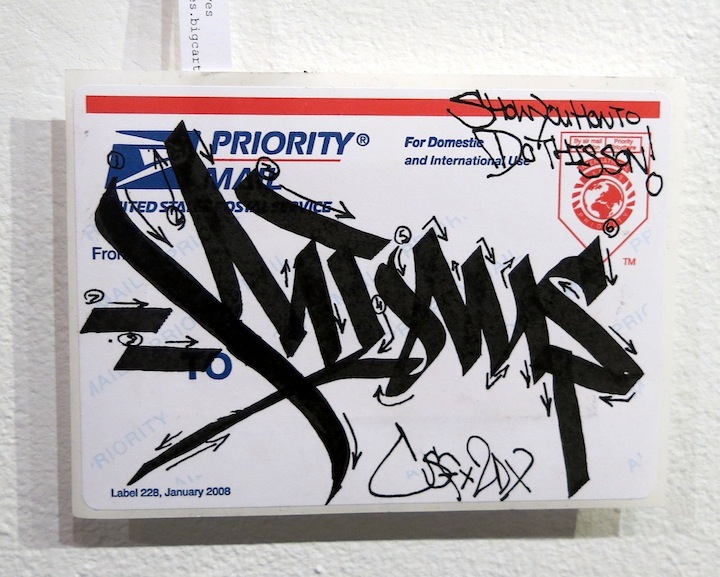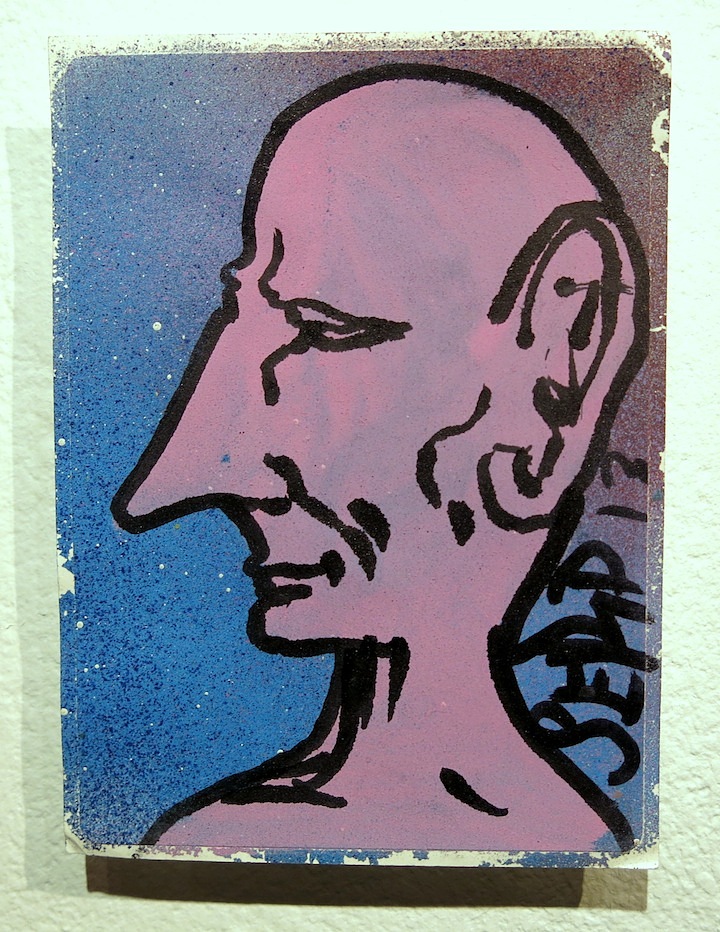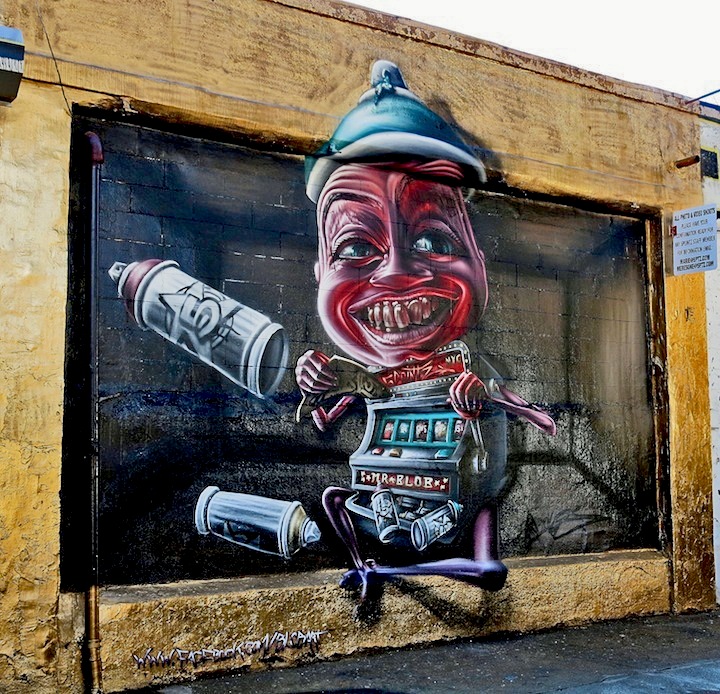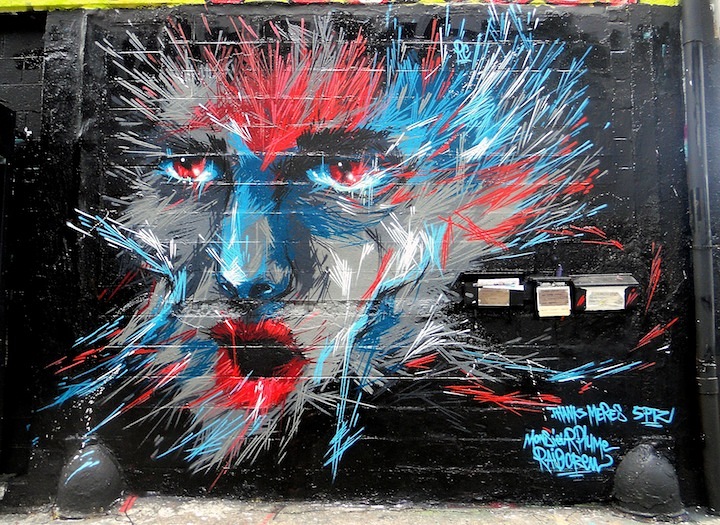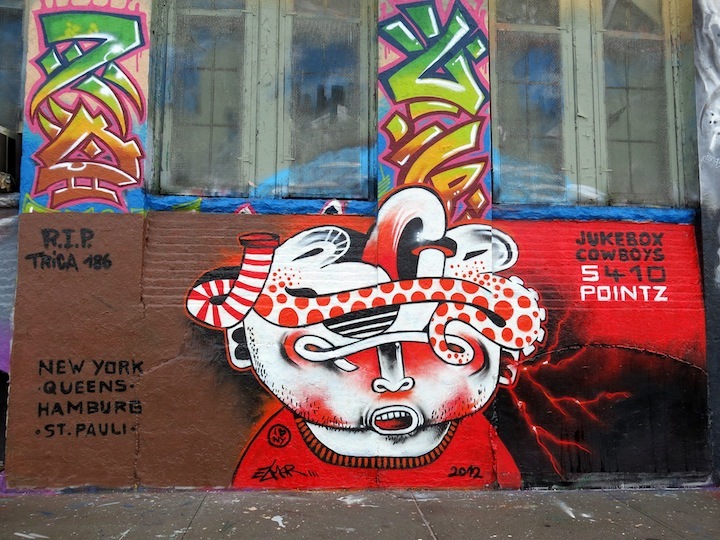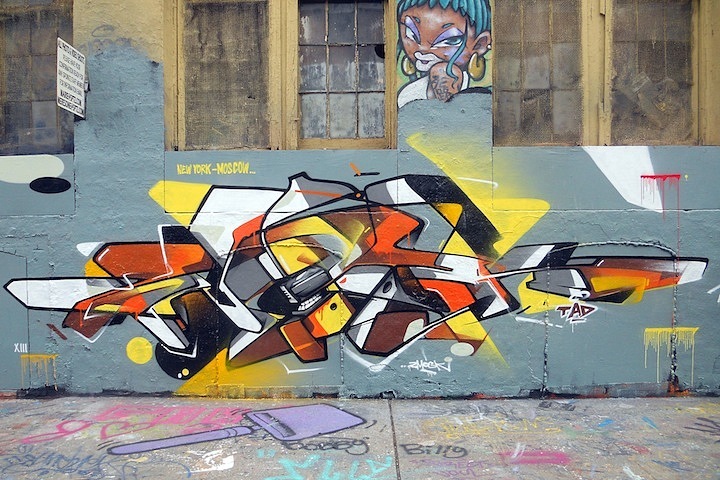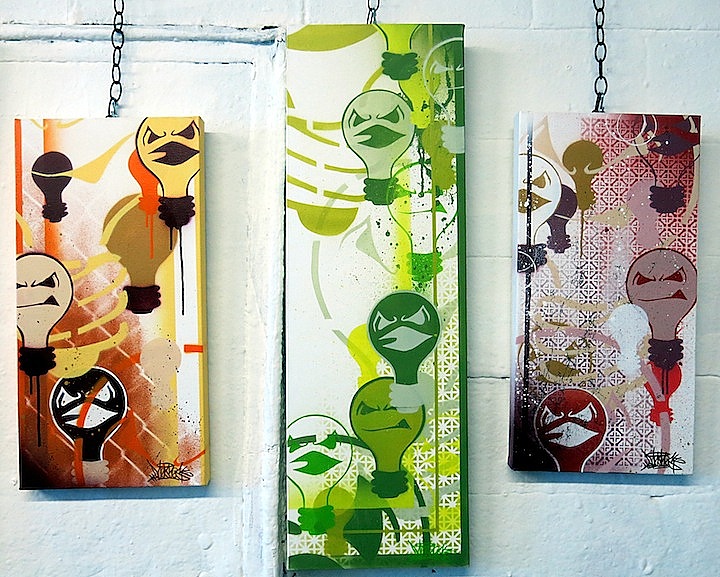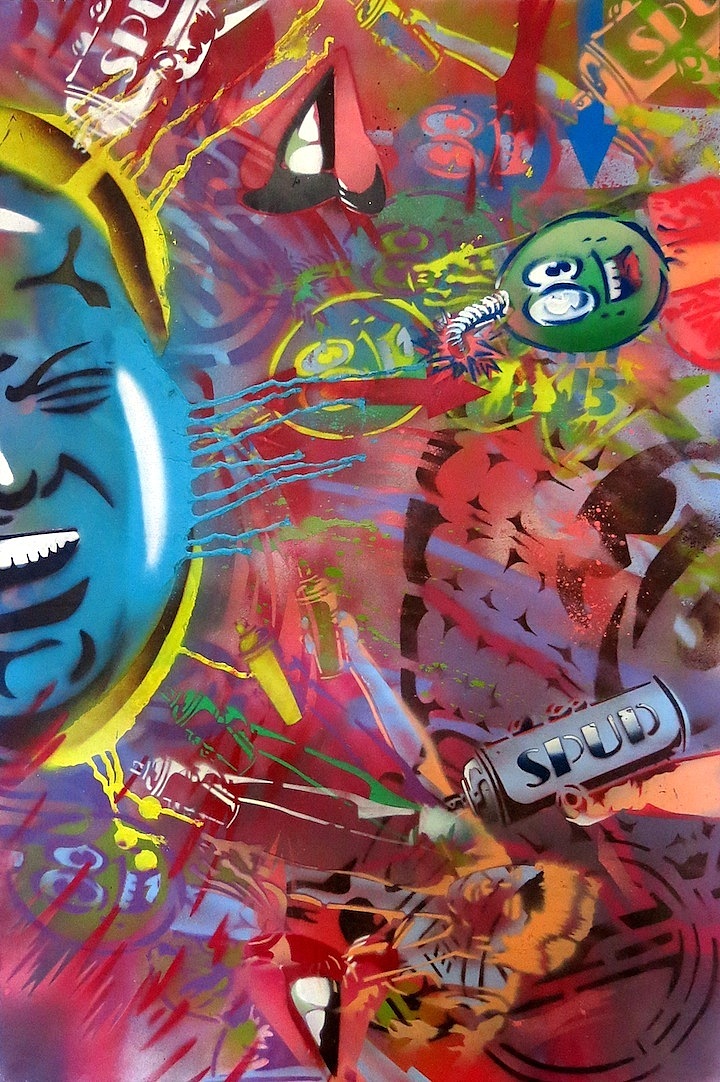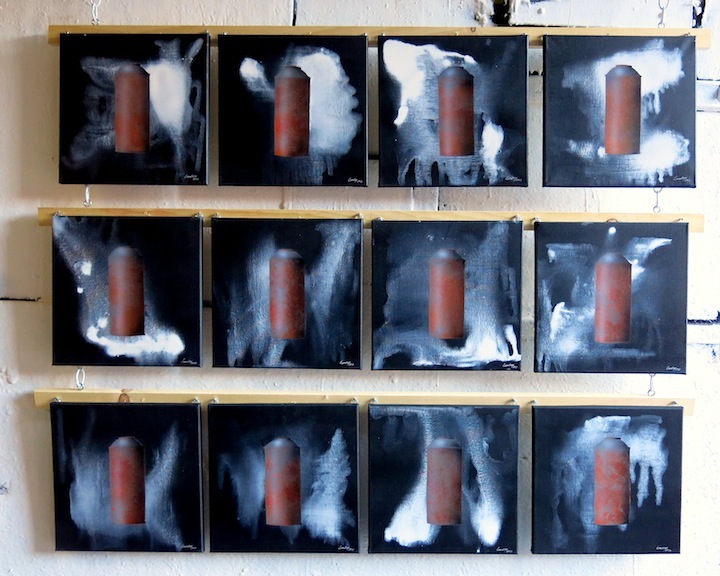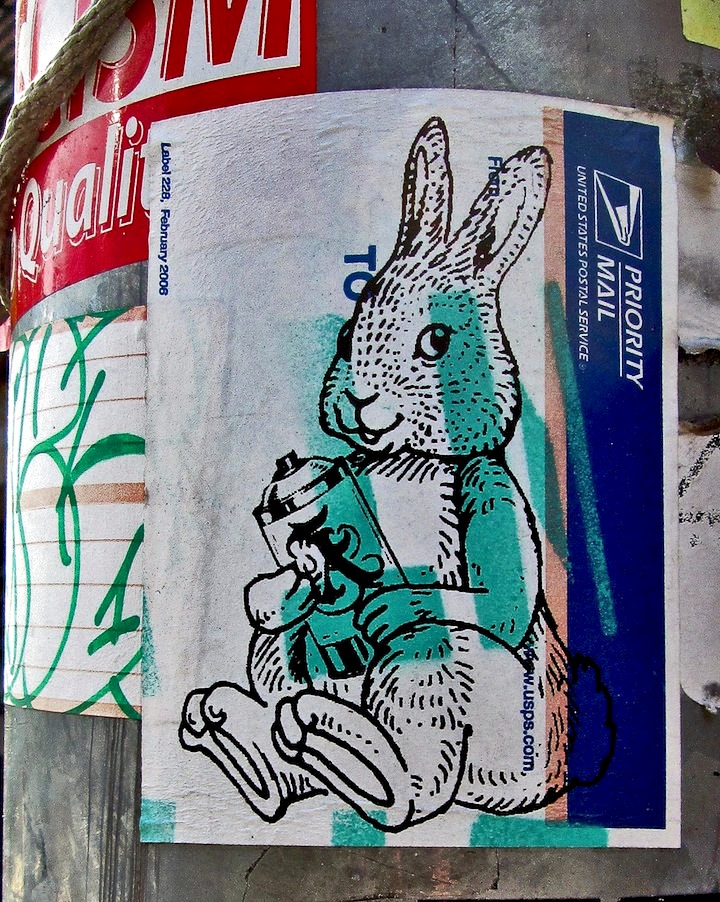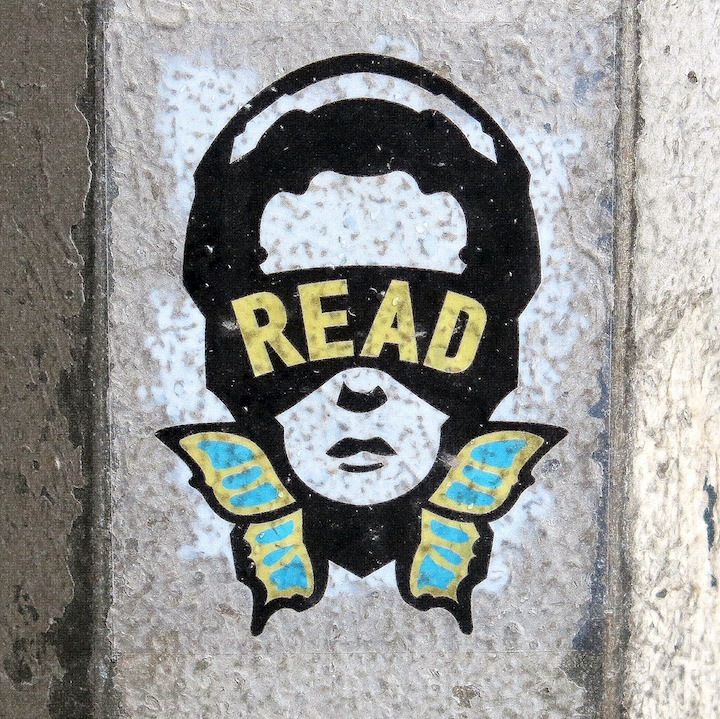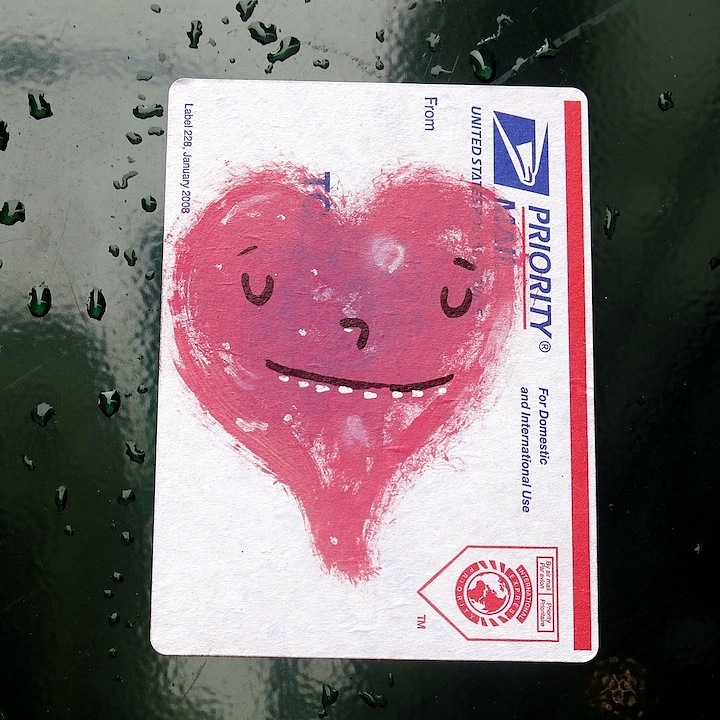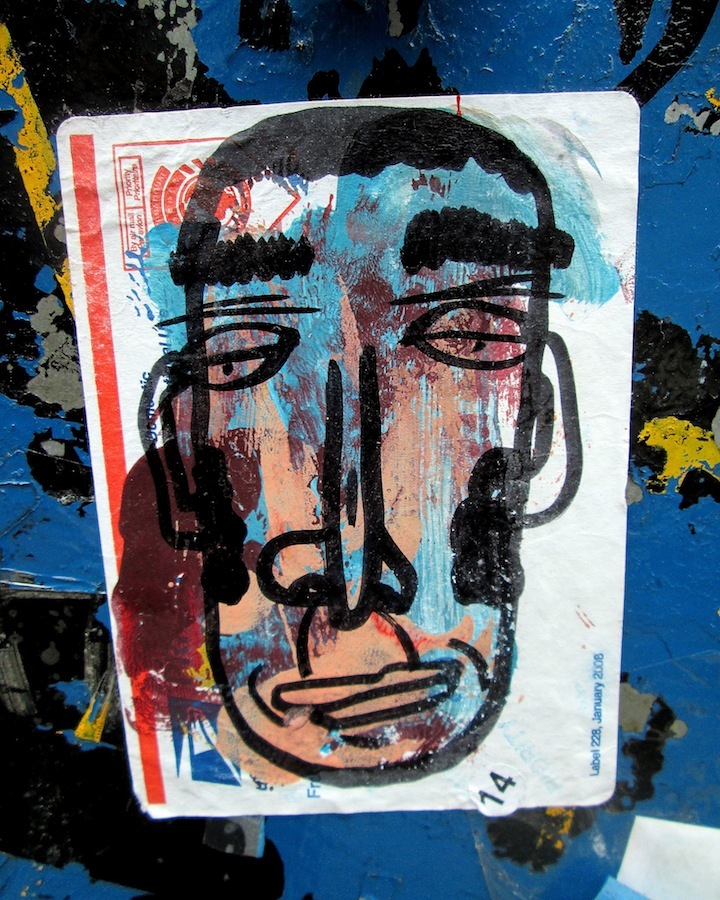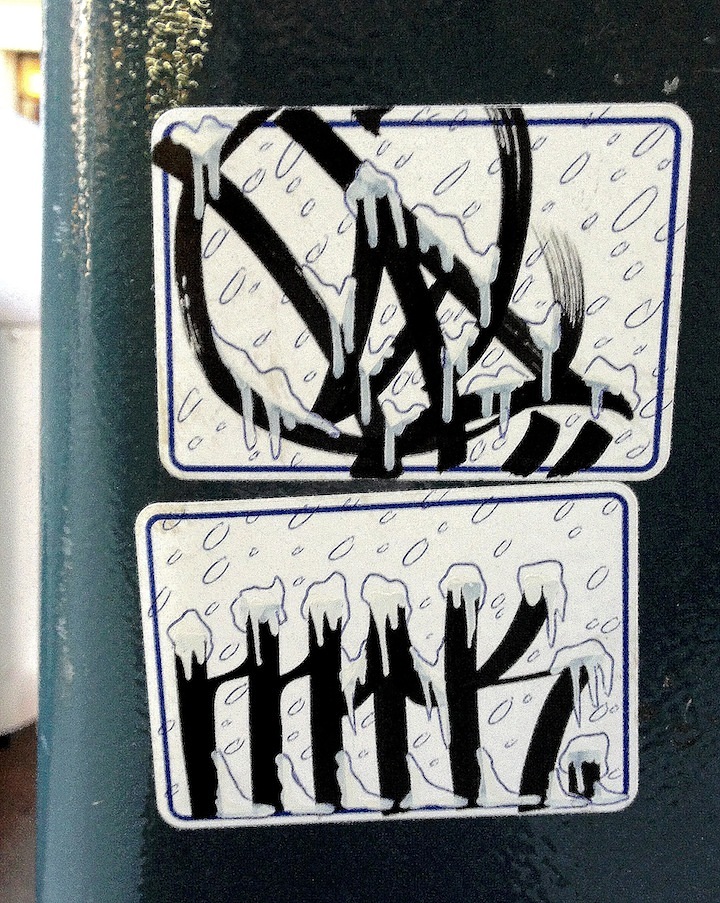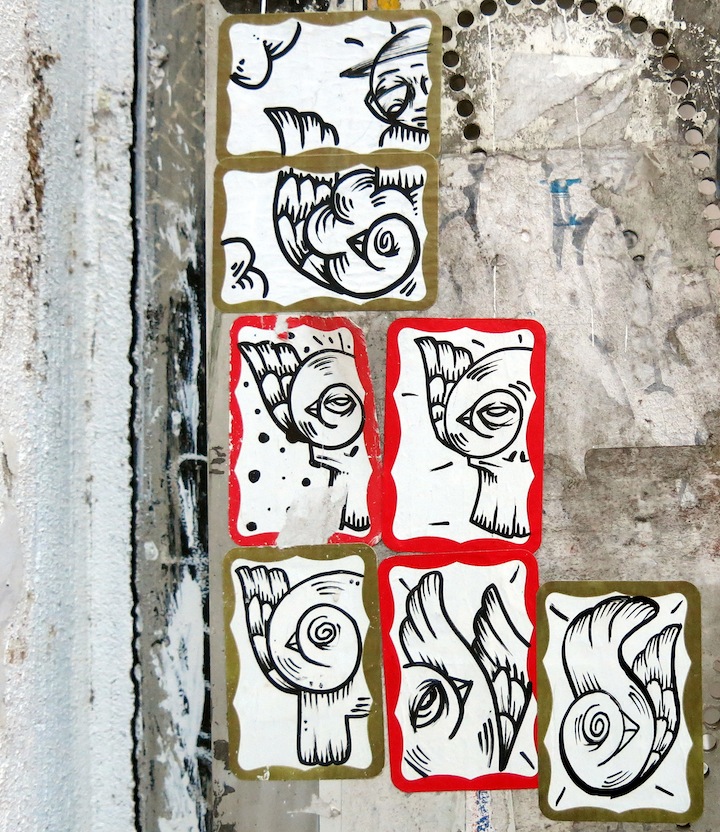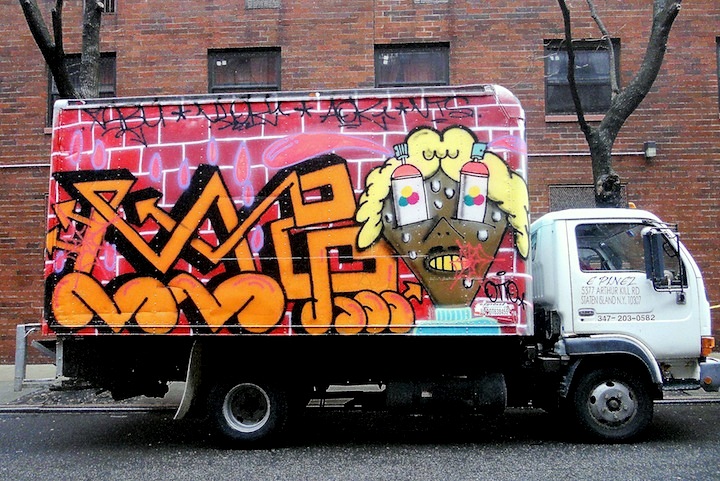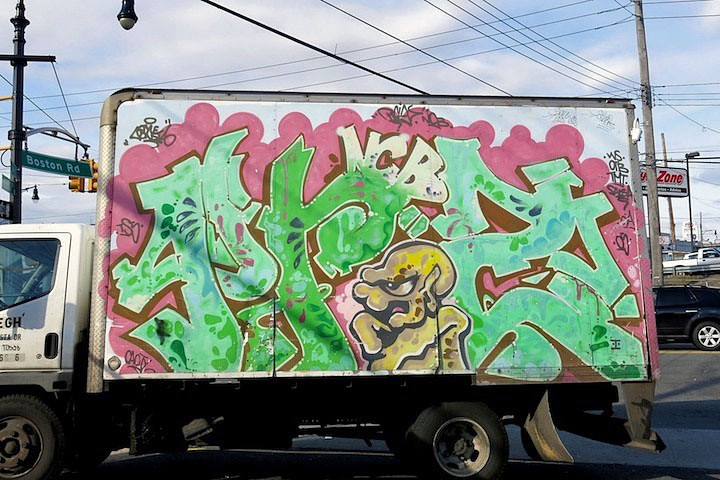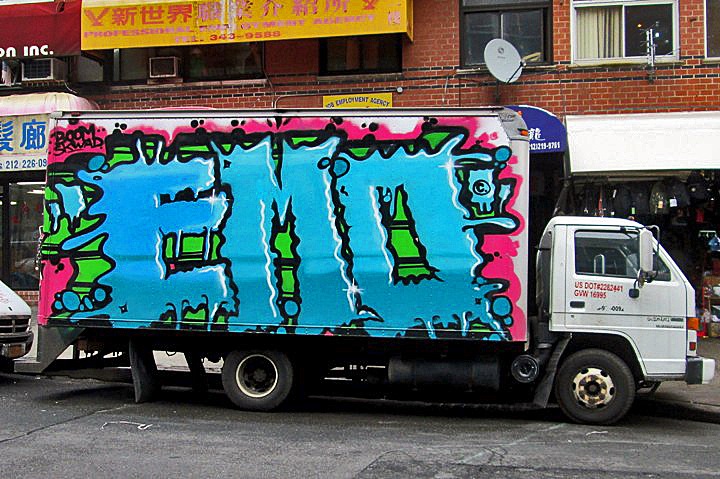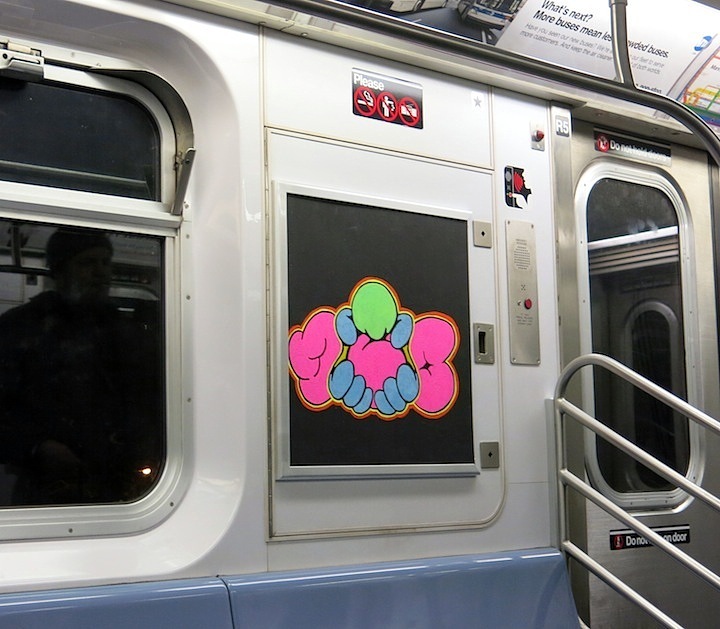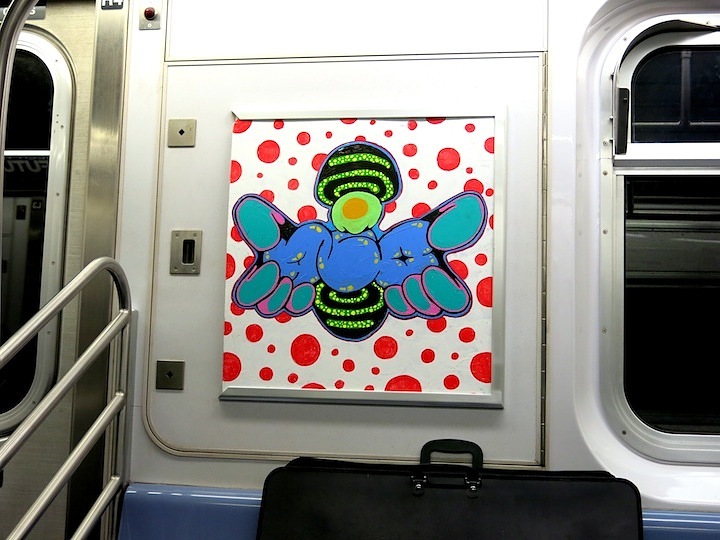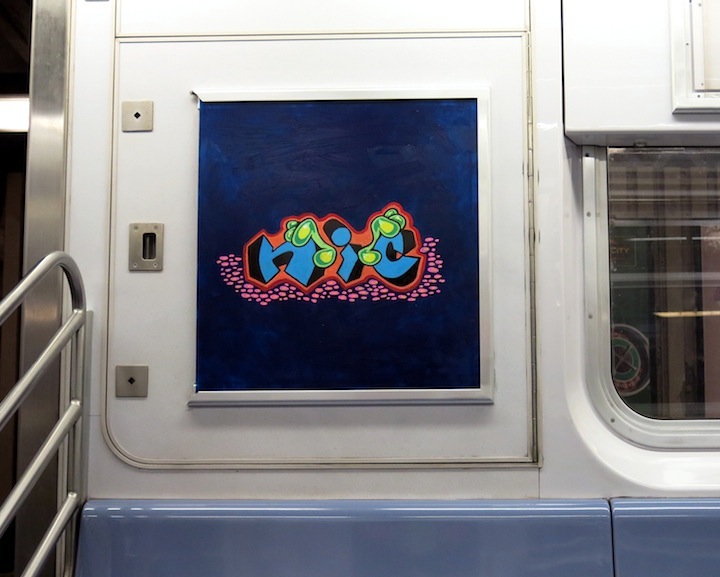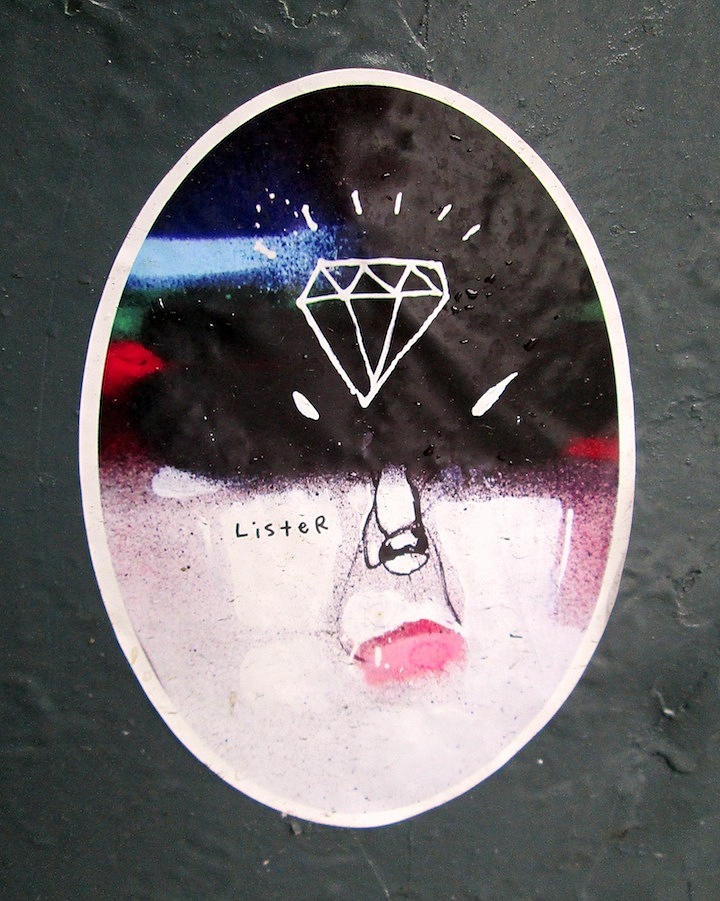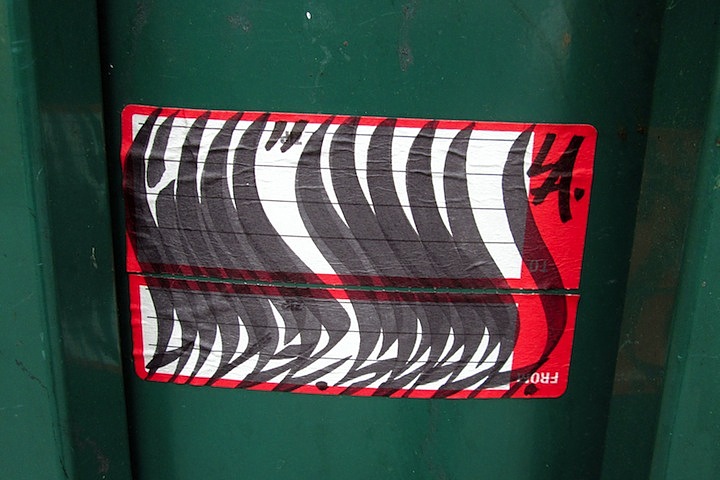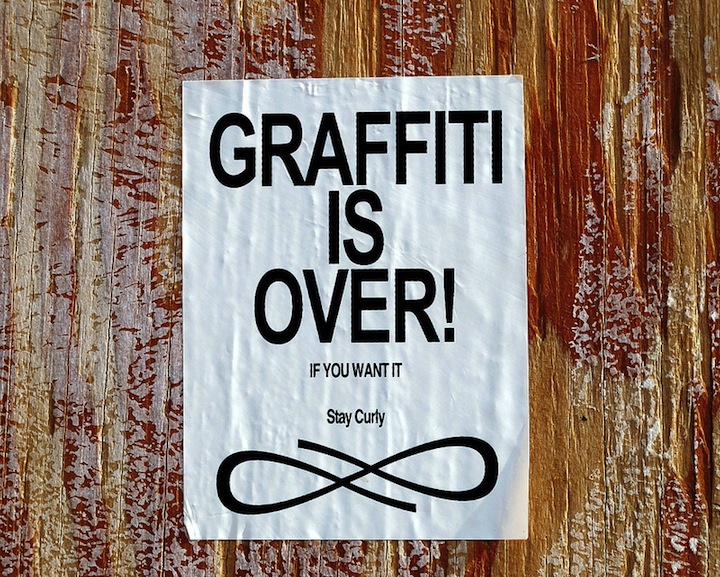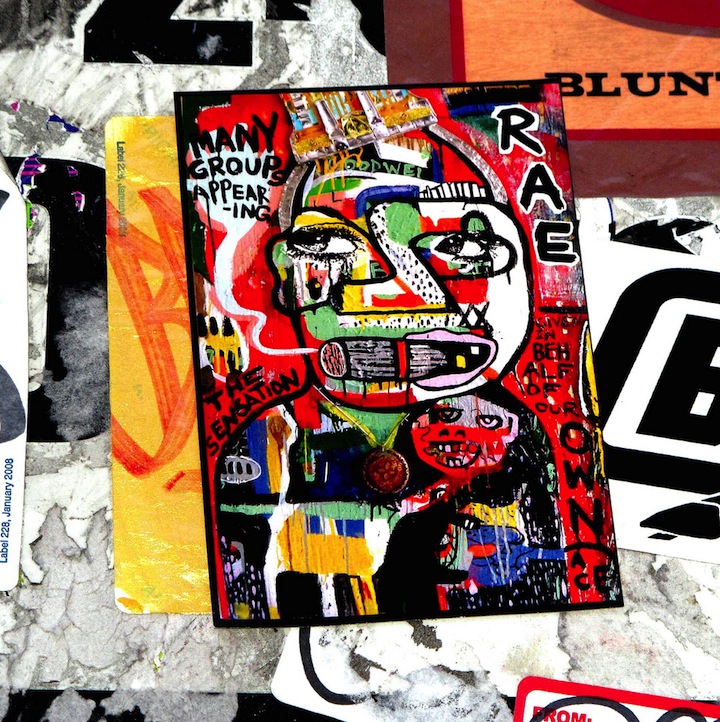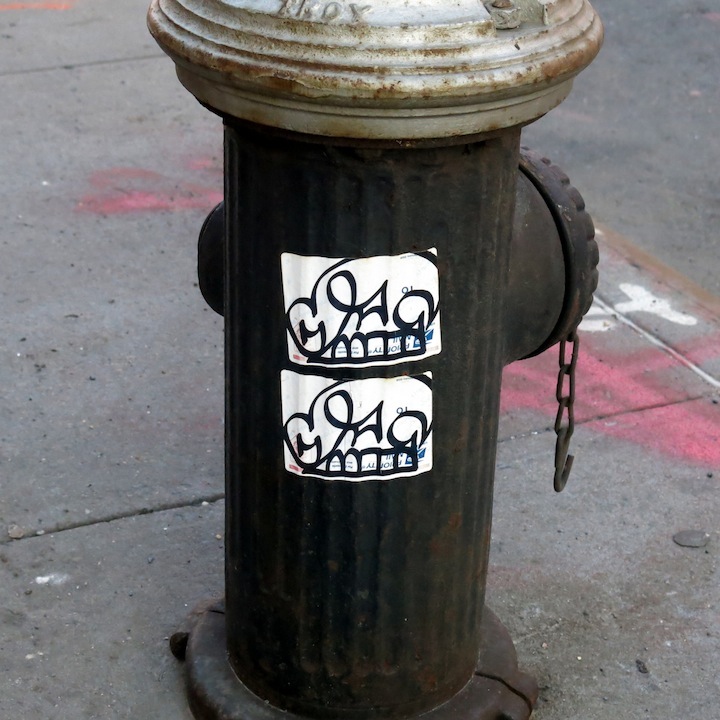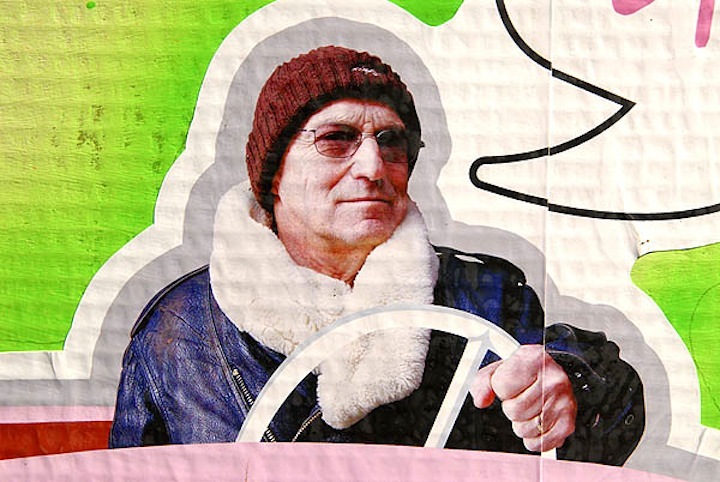
Approaching his 80th birthday, Allan Ludwig, aka Elisha Cook, Jr., can be found just about every day in downtown Manhattan photographing the writings on the walls. With a BFA Degree in Painting and a PhD in Art History from Yale University, he explains his passion for graffiti and street art.
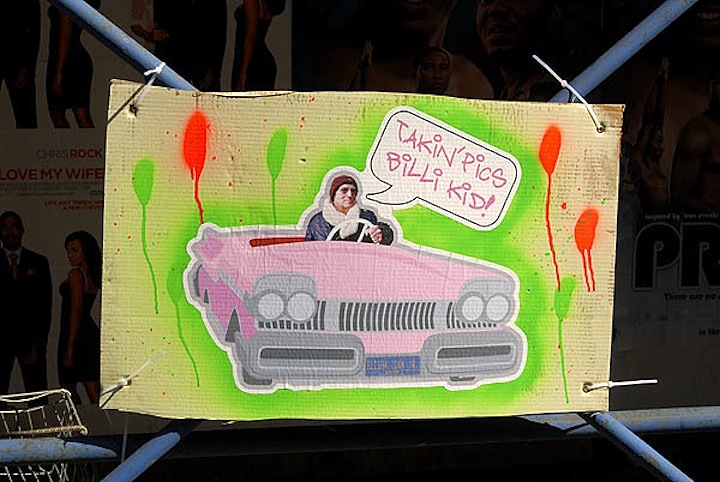
How did the name Allan Ludwig become Elisha Cook, Jr.?
When I first started posting photos of graffiti on Flickr, I was advised not to use my real name. I chose to identify myself as Elisha Cook, Jr. because he is my favorite actor. The name stuck!
So that’s it! When did you begin working as a photographer?
Almost 60 years ago. I was in my 20’s.
What attracted you to the field?
I started drawing in my room as a child. But I had difficulty drawing faces. I never liked the way my noses looked. And when I tried to erase them, I’d end up making holes in the paper. It drove me crazy! I decided that it would be easier for me to capture a face with a camera.
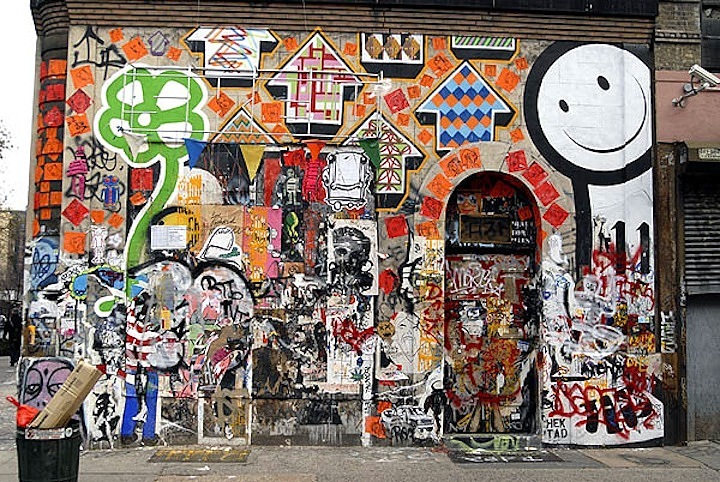
Had you any influences back then?
When I was about 13, my neighbor Max Coplan, an accomplished photographer, taught me how to use a camera.
When did the writings and images that surface on public spaces begin to engage you?
In the early 80’s, I walked into a school playground on Grand and Baxter and discovered that its walls were filled with graffiti. I was intrigued. But as I only used black and white film at the time, my earliest photos of graffiti are in black in white, and I wasn’t documenting it regularly.
What spurred you to photograph the streets so methodically since 2000?
My neighborhood had begun to gentrify. Changes were happening rapidly. Overnight the rent on a local restaurant soared from $4,000 a month to $16,000. I wanted to document these changes. And as soon as I switched from black and white film to color, I began noticing street art.
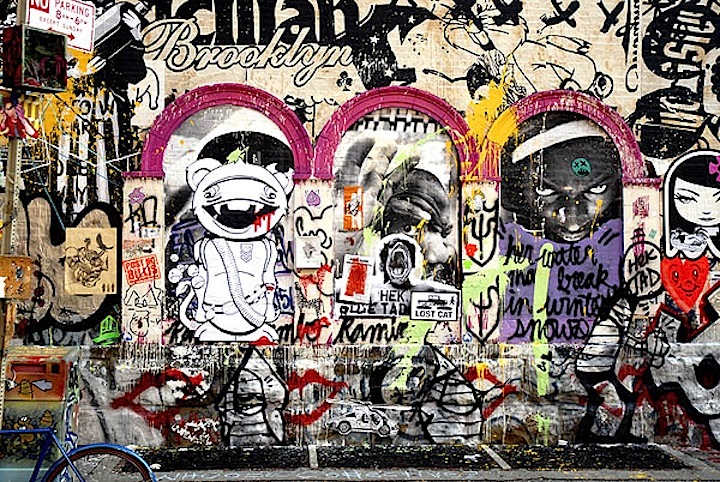
Have you had any particularly memorable experiences while photographing graffiti and street art?
I once came upon a love letter written by a woman from England to Faile that was posted onto the building at 11 Spring Street. She had assumed, incorrectly, that Faile was one person and single. I photographed her love letter and posted it onto my Flickr photostream. When the woman discovered her letter online, she asked me to remove it – which I didn’t. But the story doesn’t end there. She had just returned from Zambia with a love potion. She decided that the time was right for her to visit NYC to meet Faile. She would set up a meeting to buy a print from him. Surely, the love potion would work!
Did it? What happened? Did she ever meet Faile?
She did, but she encountered an unanticipated problem. When she inserted the love potion into her mouth, it distorted her speech and facial expression. She did meet the object of her love, but she decided against using the love potion. And that’s the end of the story.
Wow! What is it about street art and graffiti that has so captivated you?
It’s the thrill of discovery. There is something magical about it. I also love its inclusiveness and democratic nature.

Have you any thoughts about the street art/graffiti divide?
Most of the street artists I’ve met were trained in art schools, while the original graffiti writers didn’t have any kind of formal art education. And when the street artists started making their mark on the legendary building at 11 Spring Street off the Bowery, the writers felt that they were not getting enough space or respect. I remember walking by one day to discover the entire building sprayed all over with silver paint. There definitely is a divide.
What about your perception of the divide? What differences do you see?
Graffiti is a highly refined art. It is beautiful. The first generation of writers created an entirely new aesthetic. They invented a whole new language. Yet few people can understand it and appreciate it. Street art is far more accessible.
There are many folks out there who consider the illegal writings that you photograph vandalism. Have you any thoughts about that?
It’s a non-issue. It’s meaningless. It’s a political fiction invented by politicians and lawyers and the police who enforce it. It has no validity.

How do you feel about the move of street art and graffiti into museums and galleries?
The commercial world sucks the credibility out of graffiti and street art. It takes it out of its natural setting.
How do you feel about the role of the Internet in all this?
I think it’s wonderful. It makes everything even more accessible. I have Flickr contacts all over the world.
What do you see as the future of graffiti and street art?
I see it as the most important international movement in world art since American pop art. It’s here to stay.
All photos by Elisha Cook, Jr. Except for first two BilliKid paste-ups of Elisha, images capture NYC’s legendary building at 11 Spring Street, 2006-7
